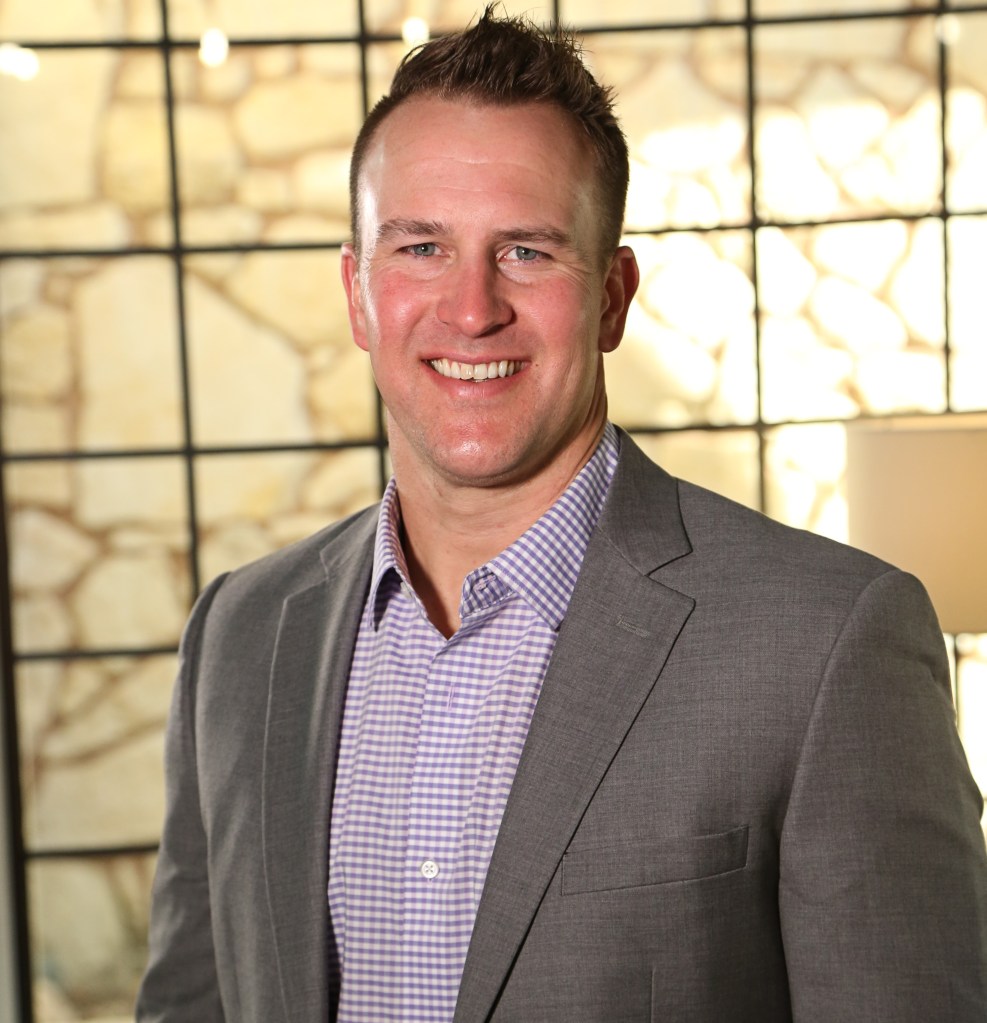How to Go Above and Beyond in Workers Comp

By: Jacquelyn Connelly
When Fitzhugh Powell, Jr. started his insurance career more than 40 years ago, he “figured out pretty quick” that the average high-hazard contractor was spending about two-thirds of their insurance dollar on workers compensation.
One person’s problem is another’s opportunity: “I figured if I got better at workers comp, all these guys would buy it from me, because they would need me,” recalls Powell, president of Cecil W. Powell & Company in Jacksonville, Florida, which he acquired from his father. “That’s kind of the way it’s been working ever since.”
Today, Powell still specializes in workers comp—and attributes his success to understanding that this line of insurance is “soup to nuts. It’s not just a price sale. If you’re not willing to put the sweat equity in, you’re not going to have a great outcome.”
But sweat equity isn’t the most common approach in a market where coverage is mandatory. “Most agents think, ‘The benefits are all the same, there are no coverage gaps to find and the commissions are low—why should I spend a lot of time messing with it?’” says Kevin Ring, lead workers compensation analyst at the Institute of WorkComp Professionals.
From a statutory standpoint, “the coverage is all the same, so a lot of agents aren’t giving employers the full story,” notes David Leng, executive vice president of Duncan Financial Group, LLC in Irwin, Pennsylvania. “They’re just saying, ‘You’re in this pricing tier—we have companies over here with this pricing tier, it’s the exact same coverage and we can save you money.’”
But if that’s your mindset, how can you expect your clients to not start believing workers comp coverage is a commodity? According to Owen Taylor, president of Sacramento, California-based Owen-Dunn Insurance Services, convincing workers comp prospects and clients to look beyond price requires “getting into the details and finding something that wasn’t caught before, which now provides immediate value and relief.”
Too Many Players
In a competitive market where costs can spiral quickly [see p. 46], you’ve got your work cut out for you. Employers may be thrilled that low workers comp rates are currently ripe for the picking—but even if coverages are consistent, they still get what they pay for when a claim happens.
“A lot of the most competitive workers comp carriers end up being the least effective claims managers,” Taylor says. “That’s not always easy for a business owner to understand—that they end up balancing a very competitive price with a lower standard of claims care.”
“You have insurance companies basically slashing each other’s throats to write a piece of business, and only start realizing what they’ve taken on once they have the account. The very next year, they’re jacking up the premiums or non-renewing the client,” Leng agrees.
Owen-Dunn, for example, recently picked up a workers comp client that had two claims listed on their claim report—but both actually referred to the same claim, Taylor says. The error pushed the client’s experience mod high enough that he was having trouble securing work.
Leng says these types of scenarios abound, citing an instance in which a carrier incorrectly separated one auto accident into two claims for the experience mod calculation, simply because two employees sustained injuries. An aggressive carrier may be able to give you “a heck of a price,” Leng says, but “their claims staff may not be set up to handle that number of claims—which means you’re more likely to have claims that are accepted that shouldn’t have been, or claims that are overpaid or mismanaged that shouldn’t have been.”
Agent Advocacy
What can you do about it? First, take the time to educate your clients about what they may be sacrificing with a slightly cheaper policy. If it’s too late, be prepared to go to bat.
“Agents are responsible for being sure that their clients and potential clients are underwritten well,” Ring says. “If an agent wants to get the best pricing from the companies that are the best fit for that risk, then they are responsible for getting the right information to the underwriters. That means making sure it’s classified correctly, and that means understanding the business.”
In the duplicated claim situation, Owen-Dunn sent a letter to the general contractor including a copy of the loss run, and language from the code stating that if it was only one claim, it could only have an effect of 25 points on the experience mod. “The general contractor agreed with us, so the client got the job after all. It was a really big job for a company that wasn’t that large—it nearly doubled their size,” Taylor recalls.
The key, says Randy Boss, certified risk architect at Ottawa Kent headquartered in Jenison, Michigan, is to work fast. “There’s a time lag from when things happen to the time when the insurance company gets involved. By that point, the claim could already be headed in the wrong direction,” he explains. “Get your client to communicate very quickly—within 24 hours is best so you can help them set the course of the claim. Once it’s out of the box, it’s very difficult to get back in.”
Even if a carrier is doing everything right on the claims side, increased use of predictive modeling and big data means they’re often making decisions based on old claims. “A computer is calculating these rates, and often the data they’re using is a lagging indicator,” Boss says.
Boss recalls several instances where he was able to convince a carrier to “put their analytics on the back burner,” he says. “I said, ‘Listen, going forward, this is what’s happening—it’s just not showing up in the data yet.’ If you can prove your success in risk management, they will set their models aside and price it better.”
Risk Management
That last piece is important, because the best way to advocate for workers comp clients is helping them prevent claims from happening in the first place.
When advising your workers comp clients on ways to cut costs and reduce risk, focus on three areas:
Workplace procedures. Hands down, the most important number for every workers comp client is their experience mod. In simple terms, the score punishes clients with a poor claims history—“the higher your mod, the higher your premium,” Powell explains.
Fortunately, employers can do a lot to lower their mod—and you can help. Powell, for example, determines which light-duty jobs are available in the event that an employee sustains an injury and can’t perform their regular job function. “You need to have a return-to-work program. If they can’t lift, we give them a job where there’s no lifting,” he explains. “Sometimes I’ll bring in a consultant to help find what’s the best way for this person to work.”
Both Boss and Powell also lean heavily on OSHA programs and services to assist their clients with compliance and safety regulations. A few of Powell’s favorites: policies that restrict texting and cell phone use in general, and “permission to use” policies related to auto.
“Having a poor experience mod is a poor quality issue, and having a poor safety program is a poor quality issue,” Boss says. “Your job as an agent is to get people focused on what they can do before a claim happens, and that’s safety.”
In one instance, a client’s mod got so high their carrier was nonrenewing. Boss called the underwriter and said, “Make me the agent, and let me work this thing for a year and see if I can improve the results,” he recalls. “The underwriter told me the insured went from their worst account to their best account. If I can get a client’s management team to embrace the work comp control system, I’ve never had a situation where I haven’t been able to turn it.”
Hiring standards. Remmie Butchko, CEO of Georgetown Insurance in Silver Spring, Maryland, says the lowest unemployment rate since the 2008 financial crisis is “a horrible thing for workers comp. We’re seeing a lot of employers sacrificing their hiring standards because they’re busy. All of a sudden, someone they wouldn’t have hired five or six years ago is someone they’ll hire now because they’ve got a set of hands and can show up for work on time.”
Make sure your clients aren’t turning a blind eye to factors that could increase their exposure to workers comp claims. For example, “we see a lot of accidents result from hiring people that just aren’t physically capable of performing the job they’re hired to do,” Butchko points out. “Pre-employment physicals can be very useful.”
Occupational medical centers. With so much uncertainty swirling in the U.S. health care system, “agents and employers need to take control instead of letting things happen to them,” Ring says. “Your job as an agent is not necessarily just getting a claim paid. It’s getting that injured worker back to work, because when that injured worker’s out of work, the employer is incurring all sorts of other costs. Agents need to be helping their clients find physicians who are familiar with and comfortable working inside the workers comp system.”
In most states, employers have some level of involvement in selecting a physician for an injured worker, at least up front. “But too often, employers say, ‘Just go to your doctor’—and their personal physician may be all too happy to write them a prescription for three weeks of Percocet,” Ring points out.
Powell uses his own medical protocol that he says unique in his region: He personally recommends local occupational med doctors, rather than relying on suggestions from workers comp carriers. Then, he personally visits the centers to make it clear that his clients’ injured employees are not to receive excessive opioid prescriptions.
If you play your cards right, workers comp can be an avenue for “starting a different conversation with a prospective client,” Boss summarizes. “You don’t want to just call someone up and say, ‘Want a quote?’ That’s not really effective. But if you call somebody and say, ‘Would you like to talk a little bit about some strategies we’ve developed to help you control your work comp costs?’ A lot of people will take that meeting.”
Jacquelyn Connelly is IA senior editor.









